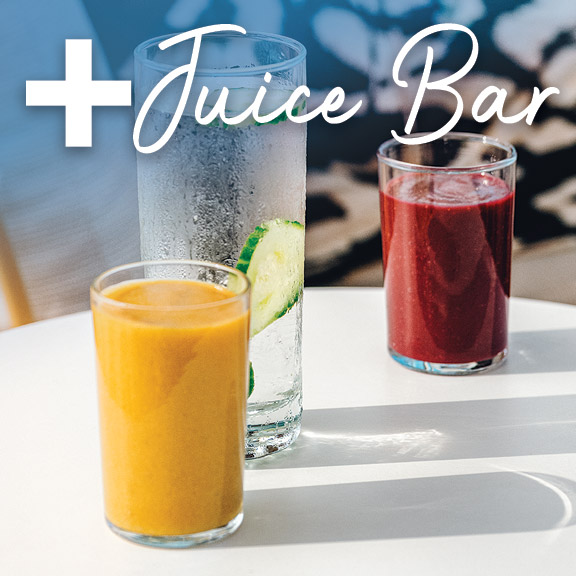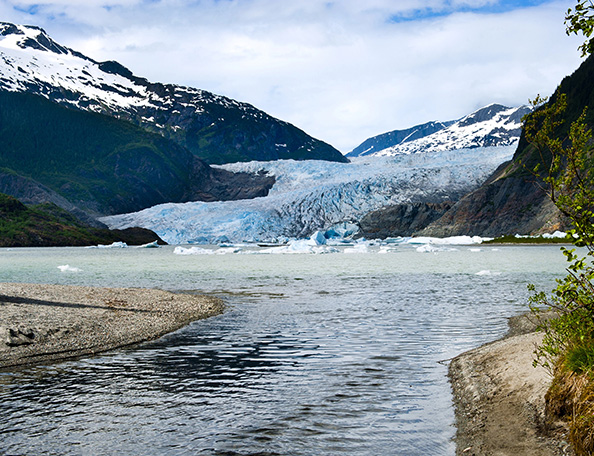Vegan bodybuilder, motivational speaker and author, Robert Cheeke, has been considered one of VegNews Magazine’s most influential vegan athletes. A two-time natural bodybuilding champion, Robert lives in Austin, Texas, is the voice behind VeganBodybuilding.com, and will be joining us again on the March 2015 cruise. He’s also an Amazon.com best-selling author of the book Vegan Bodybuilding & Fitness – The Complete Guide to Building Your Body on a Plant-Based Diet and has a new book out now called Shred It! Your Step-by-Step Guide to Burning Fat and Building Muscle on a Whole-Food, Plant-Based Diet (also available as an ebook). The book is a dynamic mix of profiles, recipes, nutritional information, and, of course, exercises. We asked Robert a few questions about Shred It!
1) Are there any professional athletes featured in your new book Shred It! that you find particularly inspiring?
There are a number of professional athletes featured in Shred It! including professional bodybuilders Korin Sutton, Will Tucker, and Torre Washington. The athlete that stands out as particularly inspirational is Torre Washington, who has been vegetarian since birth. Torre has been eating meat-free for 40 years and has been vegan since 1998, all the while finding his way to five first-place finishes in recent bodybuilding competitions. Many of today’s vegan athletes have adopted a vegan lifestyle over the past few years, as veganism has experienced a rise in popularity. It is an honor to have such a wide variety of talented and successful vegan athletes in the book.
2) Your new book also includes whole food plant-based recipes. Do you have any favorites?
There are 75 whole-food, plant-based recipes featured in Shred It!, and picking a favorite is certainly a challenging task. When really evaluating my preferred foods and identifying true favorites, based on the foods I tend to eat the most, I would say that my favorite recipes in Shred It! include:
3-Bean Tempeh Chili by Karen Oxley
Black Bean and Rice Bowl with Mango Salsa by Tess Challis
Thai Red Curry Noodles by Tess Challis
There are many unusual recipes in the book from a whole-food strawberry milkshake to a lentil shepherd’s pie to a Mexican polenta bowl, and many, many more.
3) What are the most important things to keep in mind nutritionally for a vegan athlete?
The most important thing for anyone to keep in mind, vegan or not, is to have an understanding of our individual daily caloric expenditure compared with our daily caloric intake. One of the greatest oversights in health and fitness is this very topic. Most of our friends, family, and neighbors do not have an accurate understanding of their daily caloric intake and expenditure. The reason why having an awareness of these metrics is important is because it is precisely this understanding that enables us to create a nutrition program to assist us in maintaining weight, losing weight, or gaining weight, based on our goals.
The other really important aspect of nutrition is to understand nutrient-density. Salad greens, for example, are about 100 calories per pound. Oil, on the other hand is 4,000 calories per pound. Vegetables are about 200 calories per pound, and ice cream is 3,000 calories per pound. Potatoes are 500 calories per pound, but potato chips and fries are 2,500 calories per pound (primarily from added oil). These numbers matter, because these (and many other examples) are common foods that many people consume on a regular basis. By knowing approximately how many calories are in specific types of foods, we can alter our nutrition program in ways that support our basal metabolic rate (BMR, or the number of calories we expend per day, based on our gender, age, height, and weight), coupled with the additional calories burned through our activity level, to determine what types of foods and what specific quantities to eat in order to support our health and fitness pursuits. I write about these issues with clear examples and scenarios in Shred It!. This is, perhaps, the aspect of the book I am most proud of, because it will change the way thousands of people approach their health and fitness goals, putting them in a position to be successful.
4) Are there any specific tips you can provide for vegans looking to build muscle?
Chapter 5 in Shred It! is completely dedicated to building muscle on a whole-food, plant-based diet. There are additional chapters demonstrating exercises and providing meal plans to assist in muscle building, but it is really chapter 5 that sets the tone, teaching readers how to really put on muscle by eating the right types of whole plant foods in the right quantities, combined with resistance weight training with the appropriate frequency and effort applied.
Here’s an excerpt from the book:
To put ourselves in a position to achieve our muscle building goals, we can simply follow the Harris-Benedict Equation to determine our BMR, and create a daily caloric plan accordingly. Then we can take that figure (say, 2,500 calories per day) and multiply it by five to ten percent, which would be our daily protein needs, and discover that we would need to consume approximately 125-250 calories from protein. There are four calories per gram of protein, so we would divide that number by four to get the number of grams, which in this case would range from 31.25 to 62.5 grams of protein per day. If you are a 175-pound athlete following conventional muscle building methods, you are likely consuming around 160-200 grams of protein daily. Dr. Campbell’s research, documented in The China Study, reveals that 5-10 percent of our calories coming from protein will maintain muscle. To build muscle, we need only increase our volume of food consumption beyond what we would normally eat to maintain weight, keeping our percentage of protein the same (five to ten percent). If we increase our total caloric intake to say, 3,000 calories, consuming the same macronutrient percentages as the original 2,500 calories, the amount of protein, which is synonymous with building muscle, will thereby also likely be increased (depending on the sources of the additional 500 calories), as will the amount of carbohydrates and fats – as all are macronutrients which make up food. The athlete we were just describing would now be consuming 150-300 calories from protein, which would be 37.5 to 75 grams of protein daily. This is an increase of 6.25-12.5 grams of protein per day, without changing the percentage of total calories coming from protein, with only a 17 percent increase in caloric intake.
5) Do you have any favorite quick exercises or workout techniques?
One thing that I do every day is complete more than 100 push-ups and 100 crunches per day. I have done this every day since August 17, 2013, which is more than 500 consecutive days at the time of this writing. I do this for the physical and, even more importantly, the psychological benefit of being consistent with some form of exercise. I average about 130 push-ups per day and 280 crunches per day.
Another favorite activity is to use bodyweight exercises such as pull-ups, dips, squats, and lunges without requiring any special equipment. Therefore, these exercises can be performed essentially anywhere, as long as you can find a bench to use for dips and some sort of overhead bar, beam, or rafter to use for pull-ups. An outdoor park in anywhere America should be sufficient.
In the gym, I prefer free weights using dumbbells and barbells. I believe they provide the greatest muscle building return on investment.
6) What are some of the major questions you get regarding being a vegan athlete?
I have been a vegan athlete for the past two decades and by far the most common question I am asked is where I find the elusive macronutrient, protein. That question is starting to fade away in 2015 because the general public tends to have a better awareness of how easy it is to get sufficient quantities of protein into one’s diet. There are a few other questions that come up regarding supplementation, especially with Vitamin B12, and general nutrition questions. I simply inform people that the only supplement I use is Vitamin B12, and I focus on a whole-food, plant-based diet to get the optimal sources of vitamins, minerals, amino acids, fatty acids, and other required nutrients.
By eating a wide variety of plant-based whole foods, based on one’s caloric expenditure compared with caloric intake, each of us should be able to create a healthy nutrition and fitness program to follow to achieve our specific goals.
7) Finally, you’ll be presenting on the cruise this year. Can you give us a taste of what you’ll be covering in your Exercise and Nutrition for Energy lecture?
I am thrilled to be back on the Holistic Holiday at Sea Cruise for a fifth consecutive year. This is my favorite event of the year to attend, and I greatly look forward to presenting again this March. In my presentations this year, I will be discussing the themes in my latest book, Shred It!, and focusing on how to eat for energy, for fat loss, and for muscle building, all while maintaining a whole-food, plant-based diet. Since Shred It! was released in November 2014, I have toured in Australia, Canada, and the USA, and the main observation I have made is that most people have specific goals they care about, but they don’t know what specific actions to take in order to achieve them. That is where I come in with step-by-step actions to take goals from ideas to reality through consistency, accountability, transparency, and other tangible action steps necessary to produce desired results.
My presentations will talk about specific foods and exercises, meal timing, caloric quantities of expenditure and consumption, and nutrient-density, and I will help audience members set achievable goals through my unique approach to success in health and fitness.
For more information about Robert, please visit www.veganbodybuilding.com or connect with him directly on Twitter @RobertCheeke.





























